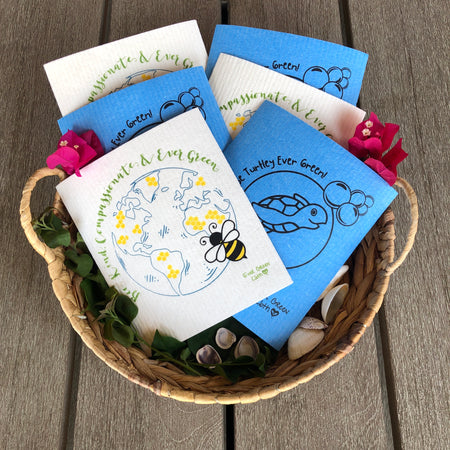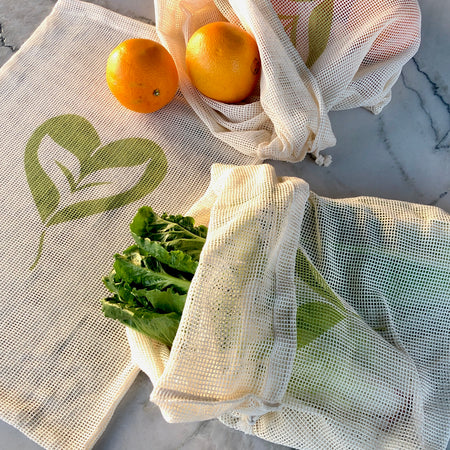marzo 29 2020 – Digital Marketing Integrated Collaborator
The millions of tons of plastic swirling around the world’s oceans have garnered a lot of media attention recently. But plastic pollution arguably poses a bigger threat to the plants and animals – including humans – who are based on land.
Very little of the plastic we discard every day is recycled or incinerated in waste-to-energy facilities. Much of it ends up in landfills, where it may take up to 1,000 years to decompose, leaching potentially toxic substances into the soil and water.
Researchers in Germany are warning that the impact of microplastics in soils, sediments and freshwater could have a long-term negative effect on such ecosystems. They say terrestrial microplastic pollution is much higher than marine microplastic pollution – estimated at four to 23 times higher, depending on the environment.
The researchers conclude that, although little research has been carried out in this area, the results to date are concerning: fragments of plastic are present practically all over the world and can trigger many kinds of adverse effects.
The study estimates that one third of all plastic waste ends up in soils or freshwater. Most of this plastic disintegrates into particles smaller than five millimetres, known as microplastics, and these break down further into nanoparticles (less than 0.1 micrometre in size). The problem is that these particles are entering the food chain.
Toxic effects
Chlorinated plastic can release harmful chemicals into the surrounding soil, which can then seep into groundwater or other surrounding water sources, and also the ecosystem. This can cause a range of potentially harmful effects on the species that drink the water.
Generally speaking, when plastic particles break down, they gain new physical and chemical properties, increasing the risk that they will have a toxic effect on organisms. And the larger the number of potentially affected species and ecological functions, the more likely it is that toxic effects will occur.
Chemical effects are especially problematic at the decomposition stage. Additives such as phthalates and Bisphenol A (widely known as BPA) leach out of plastic particles. These additives are known for their hormonal effects and can disrupt the hormone system of vertebrates and invertebrates alike. In addition, nano-sized particles may cause inflammation, traverse cellular barriers, and even cross highly selective membranes such as the blood-brain barrier or the placenta. Within the cell, they can trigger changes in gene expression and biochemical reactions, among other things.
The long-term effects of these changes have not yet been sufficiently explored. “However, it has already been shown that when passing the blood-brain barrier nanoplastics have a behaviour-changing effect in fish,” according to the Leibnitz Institute of Freshwater Ecology and Inland Fisheries.



